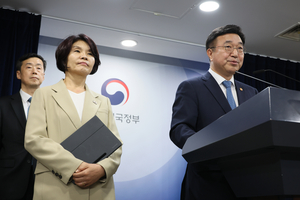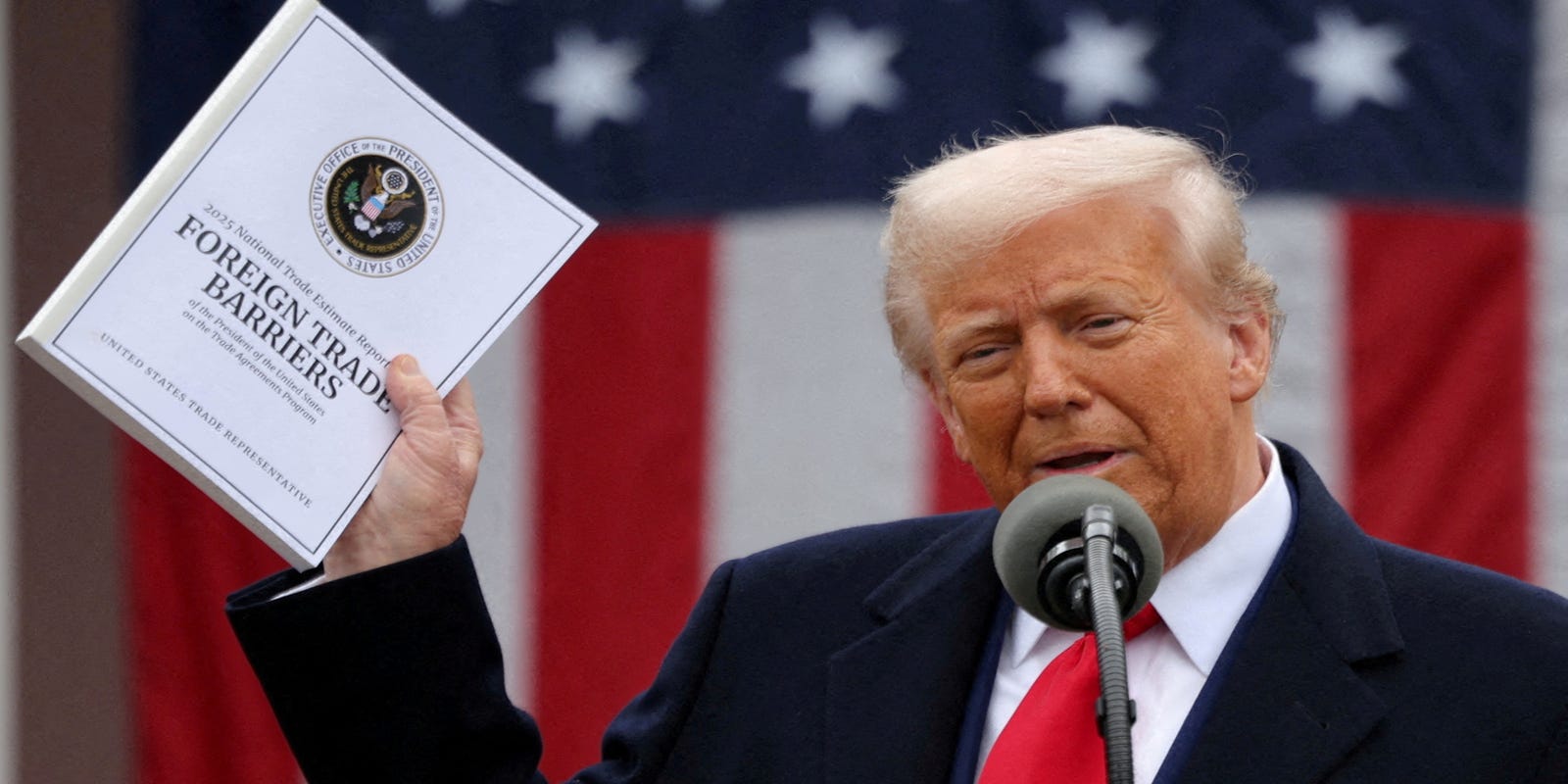Energy Policy Shake-Up: Environment Ministry's Bold Move Sparks Nationwide Debate

South Korea's proposed ministerial restructuring, which aims to consolidate energy and environmental policies under a single administrative umbrella, is receiving tentative approval from environmental advocates. The Lee Jae Myung administration's bold initiative signals a potential breakthrough in integrated policy-making, promising a more holistic approach to addressing climate challenges and sustainable development.
Environmental critics, while initially skeptical, are cautiously optimistic about the potential synergies this merger could create. By bringing energy and environmental departments together, the government may be able to develop more comprehensive strategies that balance economic growth with ecological preservation.
The proposed merger represents a significant shift in administrative thinking, suggesting that the administration recognizes the intricate connections between energy production and environmental impact. Experts believe this integrated approach could lead to more efficient policy implementation and more nuanced decision-making in tackling complex environmental and energy challenges.
As the proposal moves forward, stakeholders will be closely watching how this innovative administrative restructuring might transform South Korea's approach to sustainable development and climate resilience.








